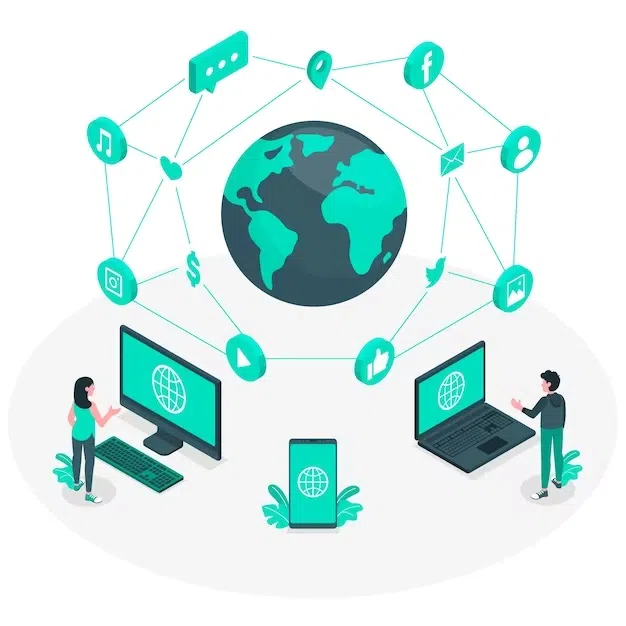Introduction
In today’s rapidly advancing world, technology has permeated every aspect of our lives, including the realm of education. Over the past few decades, we’ve witnessed a remarkable transformation in the way education is imparted and received, thanks to the integration of technology. This blog delves into the evolution of technology in education, tracing its growth, and highlighting the impact it has had on the learning landscape.
The Early Days: Computers in Education
The integration of technology in education began with the introduction of computers in classrooms. Initially, computers were used for basic programming and data processing exercises. As technology evolved, so did its potential in the educational sector. Computers started becoming more accessible, paving the way for a significant shift in how students and teachers interacted with educational content.
The Internet Revolution: Access to a Vast Knowledge Repository
The advent of the internet revolutionized the way we access information and transformed the educational landscape. The internet made vast amounts of knowledge accessible at our fingertips. Students could now conduct research, access academic databases, and collaborate with peers globally, transcending geographical boundaries.
Interactive Learning: Multimedia and E-Learning Platforms
With the rise of the internet came the development of multimedia and e-learning platforms. These platforms offered interactive learning experiences, incorporating videos, animations, quizzes, and simulations. Students could engage with educational content in a dynamic and engaging manner, enhancing their understanding and retention of the material.
Mobile Learning: Education on the Go
The proliferation of smartphones and tablets ushered in the era of mobile learning. Educational apps and platforms made learning portable, allowing students to study anytime, anywhere. Mobile devices became powerful educational tools, offering interactive lessons, language learning apps, and even virtual classrooms.
Virtual Reality (VR) and Augmented Reality (AR): Immersive Learning Experiences
The integration of virtual reality (VR) and augmented reality (AR) in education brought about a paradigm shift in how students experience learning. VR and AR technologies provide immersive experiences, allowing students to explore virtual worlds, conduct virtual experiments, and engage with historical events, making learning more captivating and memorable.
Adaptive Learning: Personalized Education Paths
Adaptive learning leverages AI and data analytics to tailor educational content to individual learning styles and abilities. learning platforms use algorithms to analyze a student’s progress and adjust the curriculum to suit their specific needs. This ensures a personalized learning path for each student, enhancing comprehension and mastery of the subject matter.
Online Courses and Massive Open Online Courses (MOOCs): Learning Beyond Boundaries
Online courses and MOOCs have democratized education, making it accessible to people worldwide. Renowned universities and educational institutions offer online courses, allowing individuals to upskill, reskill, and pursue their passions without the constraints of location or time. MOOCs, in particular, have gained immense popularity for their free access to high-quality education.
The Future: Artificial Intelligence (AI) and Beyond
The future of education lies in artificial intelligence (AI) and machine learning. AI-powered educational tools can provide real-time feedback, create adaptive learning experiences, and even predict students’ future performance, enabling a more efficient and effective learning process.
Conclusion
The evolution of technology in education has reshaped the way we learn and teach. From computers to the internet, mobile devices to immersive technologies, and AI, technology has opened up new possibilities and opportunities for students and educators alike. As we move forward, harnessing the power of emerging technologies will be key to providing an inclusive, personalized, and enriching educational experience, preparing students for a digital future. The evolution
For more updates stay with boardofjobs.com

